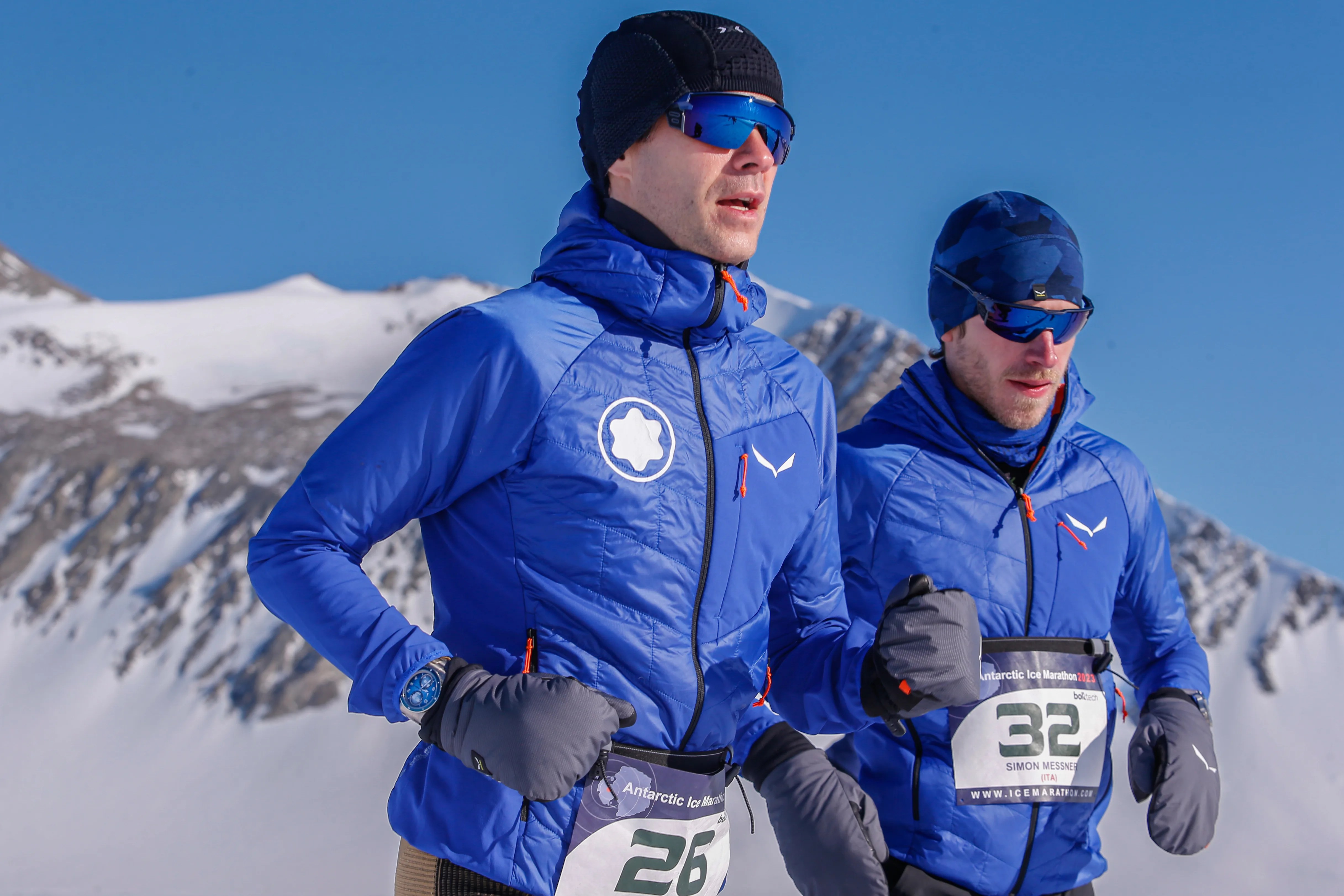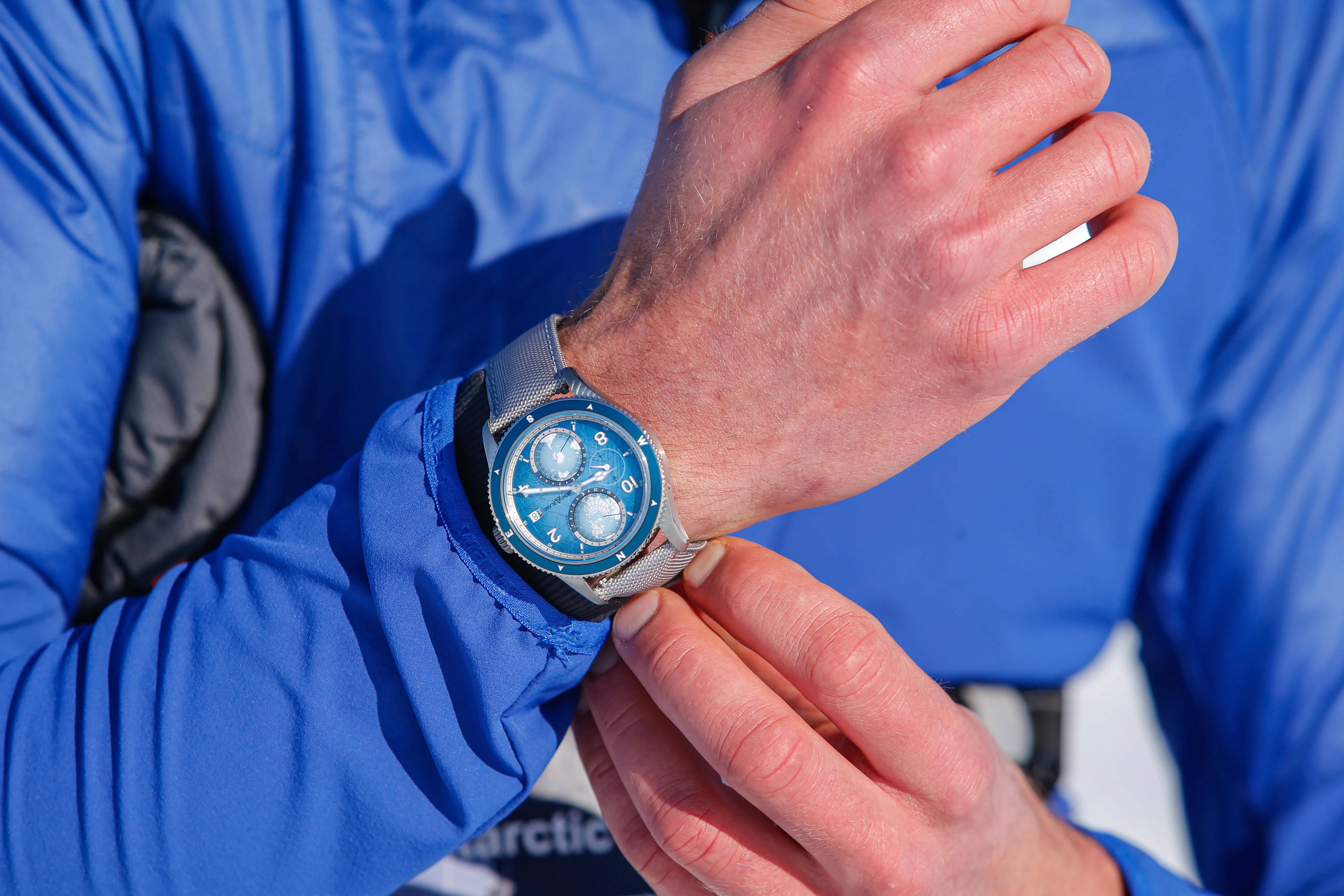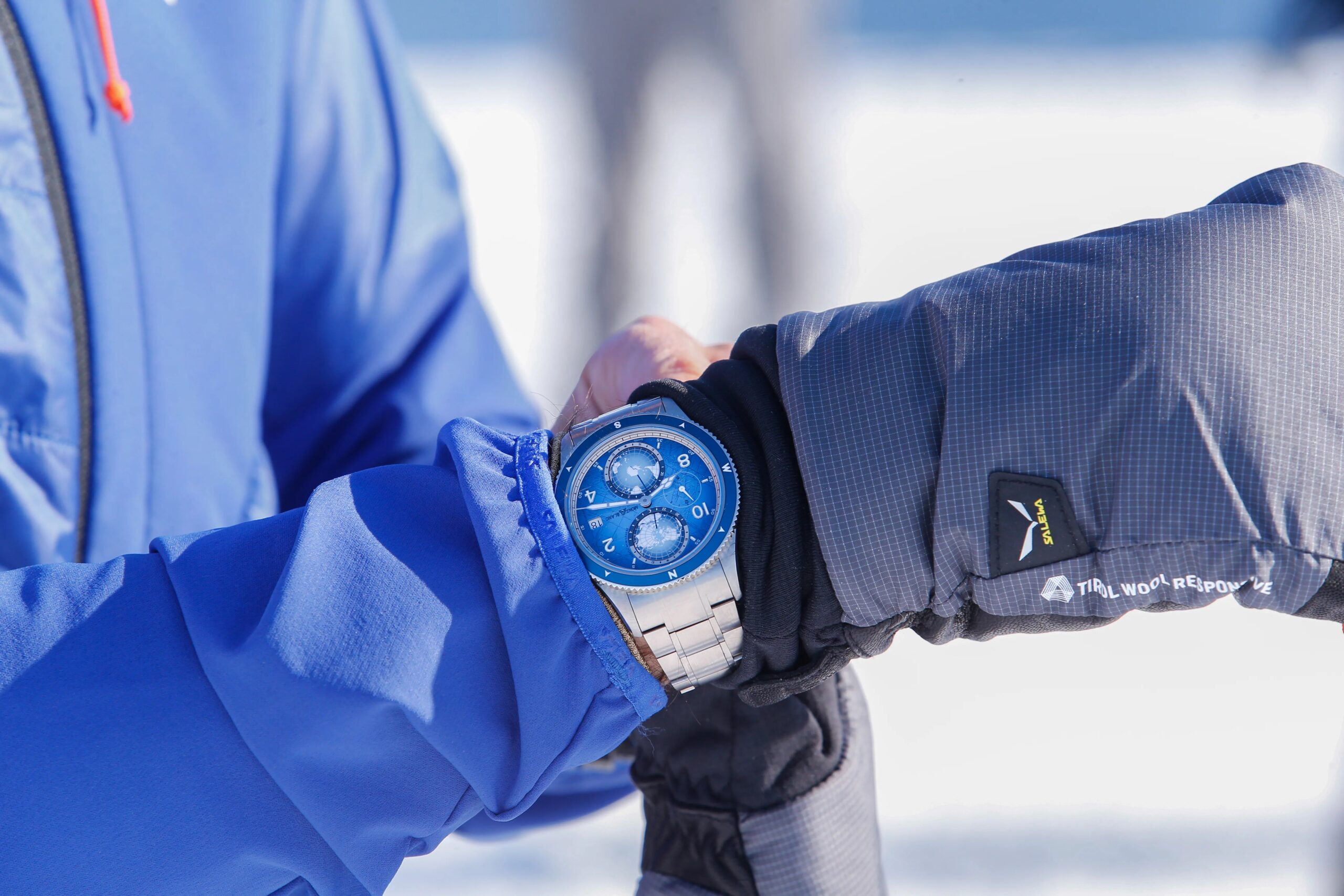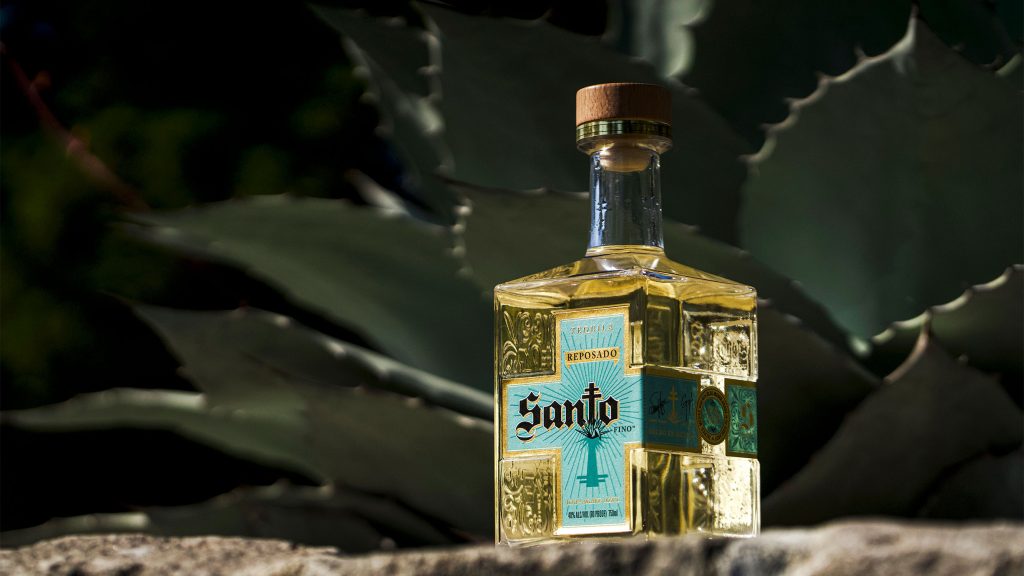Every product is carefully selected by our editors. If you buy from a link, we may earn a commission. Learn more
The iceman runneth.
For nearly as long as wristwatches have existed, they have functioned as tools for explorers, adventurers, soldiers and other men (and women) of action. From the Longines models worn by early aviators in the 1920s and ’30s to the Blancpain Fifty Fathoms adorning the wrists of French frogmen in the 1950s to the Omega Speedmaster accompanying Buzz Aldrin on his 1969 moonwalk, daring feats have routinely called for equally daring timepieces.
From a practical standpoint, modern technology has eliminated our reliance on mechanical watches in such extraordinary circumstances. And yet, there use persists. Some pilots still wear pilot’s watches, some divers still wear dive watches and, of course, some astronauts still wear Speedmasters. The reasons why vary, but it mostly comes down to a shared appreciation of the romance associated with mechanical watches and their history of exploration. GPS watches and dive computers may come in handy, but they certainly don’t have the same cool factor, that distinct air of danger, that sport watches had in the mid-twentieth century when humanity still had a lot of exploring left to do.
Maybe that’s why watch brands continue to find new ways to create mechanical watches designed to withstand the elements and perform in harsh environments. Sure, maybe 99 percent of the people won’t ever put the watches to their limits. But maybe 1 percent — the modern-day explorers, the daredevils, the thrill seekers — will.
One of the most interesting of these contemporary explorer’s watches to come out recently comes from a brand you may not expect: Montblanc. With each passing year, the brand best known for its luxury pens seems to be making the case that it’s a watchmaker above all else, and the 1858 Geosphere 0 Oxygen South Pole Exploration Limited Edition is the latest evidence of that.
The watch, released in 2023, builds on the existing 1858 Geosphere 0 Oxygen platform: It has a ceramic compass bezel, 100m of water resistance, a unique dual-hemisphere world time complication represented by a pair of globes on the dial and, most impressively, its titanium case has had all oxygen removed from inside its case, which should prevent the watch from oxidizing and fogging up in extreme temperatures and altitudes.

Montblanc 1858 Geosphere 0 Oxygen South Pole Exploration Limited Edition
Specs
| Case Size: | 42mm |
| Movement: | Montblanc Caliber MB 29.25 Automatic World Time |
| Water Resistance: | 100m |
Almost no one is going to put this kind of watch through its considerable paces to see if it’s truly up to snuff. But one person who is is Laurent Lecamp. He’s Montblanc’s global managing director of watches, and he’s also an accomplished runner and marathoner. Last month, Lecamp embarked on a trip to Antarctica with plans to compete in the most southern continent’s Ice Marathon, which is exactly what it sounds like: a 26.2-mile run across its frozen landscape, where the average temperature is 4 degrees below zero.
Joining Lecamp in the race was mountaineer and Montblanc ambassador Simon Messner, son of accomplished Italian explorer Reinhold Messner. Among many other accomplishments, the elder Messner crossed the entire continent of Antarctica on foot in 1990, and the new Geosphere 0 Oxygen watch was created in part to honor that feat (it’s limited to 1990 pieces).
Lecamp and Messner successfully completed the Ice Marathon, and they did so with Montblanc’s latest icy tool watch on their wrists. So what was it like to run a marathon in one of the harshest environments on the planet? And did the watch hold up as expected during the race? I spoke with Lecamp to find out.
Editor’s Note: The following interview has been edited for clarity.

How was your preparation for the Ice Marathon different from a regular marathon?
A marathon in extreme cold is prepared for like any other marathon, but you need to do regular training in winter conditions. That means running in the cold and on unstable terrain, strengthening your ankle muscles and hydrating more than usual. I trained in the Swiss Valais, in the mountains that I love.
Running in extreme cold also causes a decrease in blood flow as a result of vasoconstriction of the arteries. As a result, oxygen transport is reduced, making speed performance more difficult.
How did you use the watch during the race?
Simon and I synchronized our watches before the race to ensure that despite the indirect shocks of more than four hours and the wind and the extreme cold, we would not have any accuracy problems or fogging through the glass. And, of course, the results after the race lived up to our expectations.
These are tools dedicated to exploration, and an explorer must be able to rely on his tools.

Did the watch perform as expected? Did it meet your expectations?
Despite our various quality and laboratory tests, it is still important to test a watch in the field. These are not pieces dedicated to running, but they are dedicated to exploration, and an explorer must be able to rely on his tools.
In what other (perhaps less extreme) situations could you see this watch being a useful tool?
The Geosphere timepieces are dedicated to adventurers, to the discovery of new territories, to exciting journeys. To this end, we have a bi-directional ceramic bezel with the cardinal points so that it can be used as a compass.

Can you tell me about some of the other gear you wore during the race?
The most important thing is to use different layers of technical clothing. First, a base layer to protect us from the cold. It’s worn very close to the body and is very breathable so that we’re always dry. Then, a warmer layer and a wind-stopper over that. Then it’s the same for the legs. Thin gloves, a windbreaker and specific footwear with integrated gaiters round out the ensemble.
Finally, how would you describe the overall experience of the race? Was there anything about it that surprised you, good or bad?
It was an incredible life experience — apart from the race itself which requires training and physical conditions — to share these moments in the middle of unspoiled nature and preserved landscapes. I was touched to meet so many people united by the same passion, with basic comforts.
The human experience and the sharing of emotions with Simon Messner was incredible. We were both facing the summit that Reinold climbed in 1986, Mount Vinson (4,897 m), the highest point in Antarctica. We were both continuing the Messner story, accompanying Simon in the footsteps of his father.
However, at this time of year, there’s no night; it’s daytime 24 hours a day, which makes it difficult to perceive time, and the same goes for resting, but it was worth it!



